Sinus tarsi syndrome describes damage to the structures that run within a tunnel known as the sinus tarsi. The sinus tarsi is located on the outside (lateral aspect) of the ankle, between the heel bone (calcaneus) and one of the ankle bones called the talus. It contains various nerves, blood vessels, ligaments, and structures that help stabilise the ankle and play an important role in balance and proprioception.
The most common cause is from a lateral ankle sprain that results in injury to the tissues and structures on the outside of the ankle. Injuries can range in severity of mild sprains to ligament tears, and are usually followed by inflammation within the sinus tarsi. This may be a result of a one-off sprain, or after repeated sprains and a degree of ankle instability. Ankle instability can allow more movement at the subtalar joint where the sinus tarsi is located, hence aggravating the injury Impingement of the structures within the sinus tarsi is another cause, though less common. This tends to occur with very flat or pronated feet or other biomechanical abnormalities that decrease the space within the sinus tarsi tunnel and place pressure on the structures within the tunnel. Certain sports can also make you more prone to developing sinus tarsi syndrome due to the positioning of the foot, such as ballet, pitching sports, and any activity that involves sitting with the feet tucked underneath you.

Symptoms typically include:
With ankle sprains, other ankle ligaments and structures may also be damaged. Swelling within the sinus tarsi may also press on nerves, producing neural symptoms such as numbness, tingling and pins and needles.
The first part of treatment is to manage the initial painful symptoms. Following the PRICE (protection, rest, ice, compression, elevation) principles can help settle the pain and swelling, allowing the body to begin to repair the damage to the ligaments and structures. The next part of the treatment will focus on addressing the cause to alleviate excess pressure away from this region and reduce the risk of future re-injury. This may involve:
Because poor or delayed management of sinus tarsi syndrome can lead to ongoing stability problems, it is important to see your podiatrist if you’re worried you may have developed this condition. They will conduct a thorough assessment of your feet and legs and create a management plan to account for your symptoms, severity of the injury and daily activities.
.png)
Since introducing shockwave therapy, we’ve helped many of our patients avoid surgery for certain conditions. Here's what you
need to know about shockwave treatment and how it works.
.png)
This Mother’s Day, consider a practical, medically safe, and confidence-boosting gift: a professional KeryFlex nail restoration treatment. It’s a simple, effective, and medically safe way to instantly transform the appearance of toenails.

In some cases like arthritis, continuing to stay active is one of the best things you can do for your joints. Is the same true if you're in pain or have an injury?

A stroke is New Zealand's second single biggest cause of death and a leading cause of serious adult disability. Here's how podiatry can help in your rehabilitation.
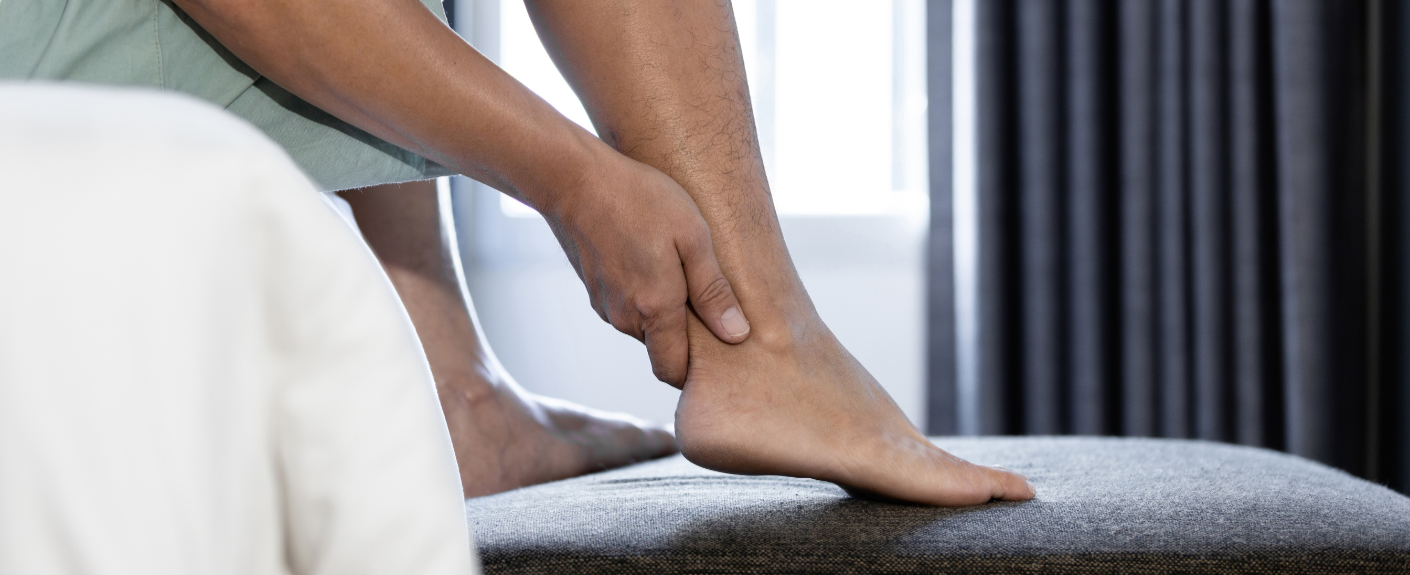
Shockwave is a fantastic treatment for Achilles injuries and Achilles heel pain. Here's how it works and how our podiatrists use it.
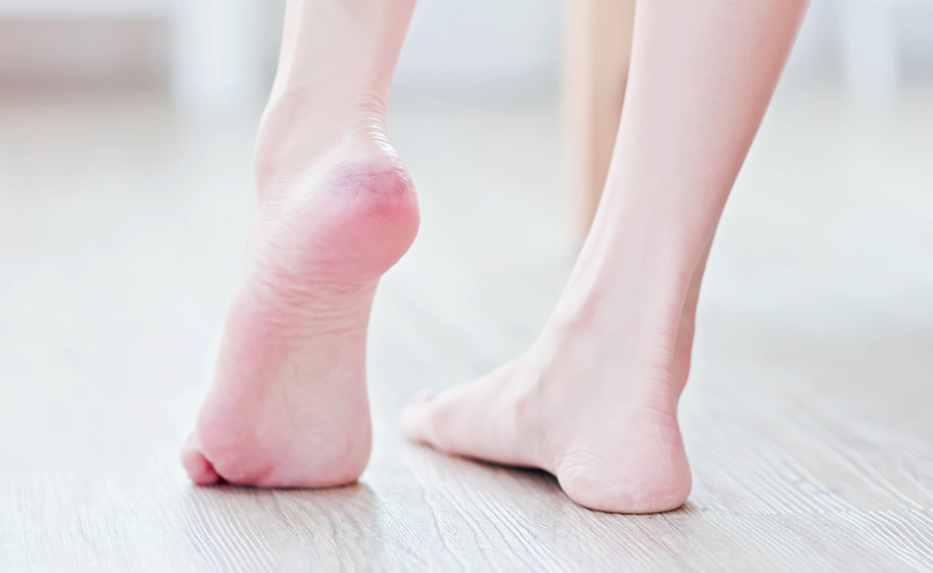
How does shockwave work to relieve foot pain? Here's how it helps you, and how our podiatrists use it at our Remuera clinic.
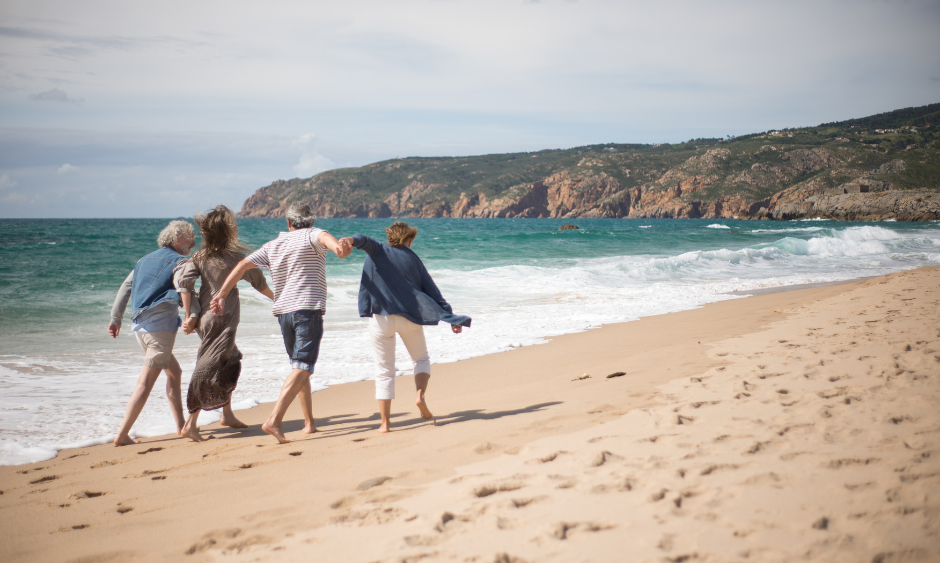
How do you go through the holidays and family visits while keeping up your strength and fitness? Here are five ways.

Help your loved ones stay on their feet for years to come with a podiatry appointment. Here's how it can help.

We’ve welcomed the Nu-Tek low-level laser into our podiatry clinic. Here's how you tell if it could be the answer to your foot
pain.
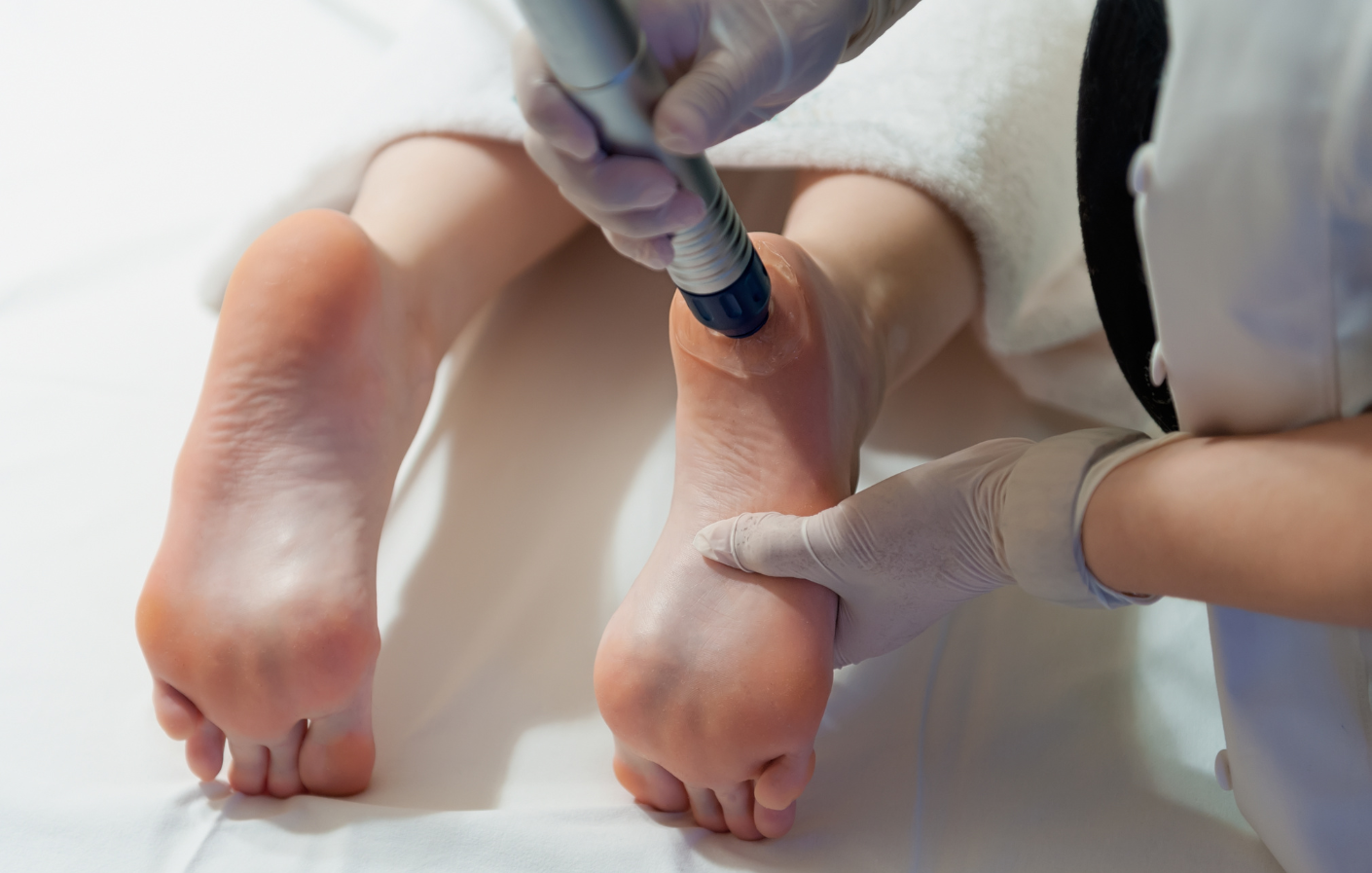
Otherwise known as radial pressure wave therapy, shockwave therapy is a device held by our podiatrists and positioned against your foot or leg at the site of your injury.

We can transform the appearance of toenails to look healthy and clear in three ways, and as fast as in one appointment. Here's how.

Tingling or numbness in your feet and legs during or after exercise can be an odd sensation. If you’re prone to experiencing it, the most common reasons are related to pressure on nerves or problems with your circulation.

Does wearing high heels really come at a cost to our feet? If you’re wondering what effects - if any - high heels may be having on your feet, here’s the inside scoop from our podiatrists.
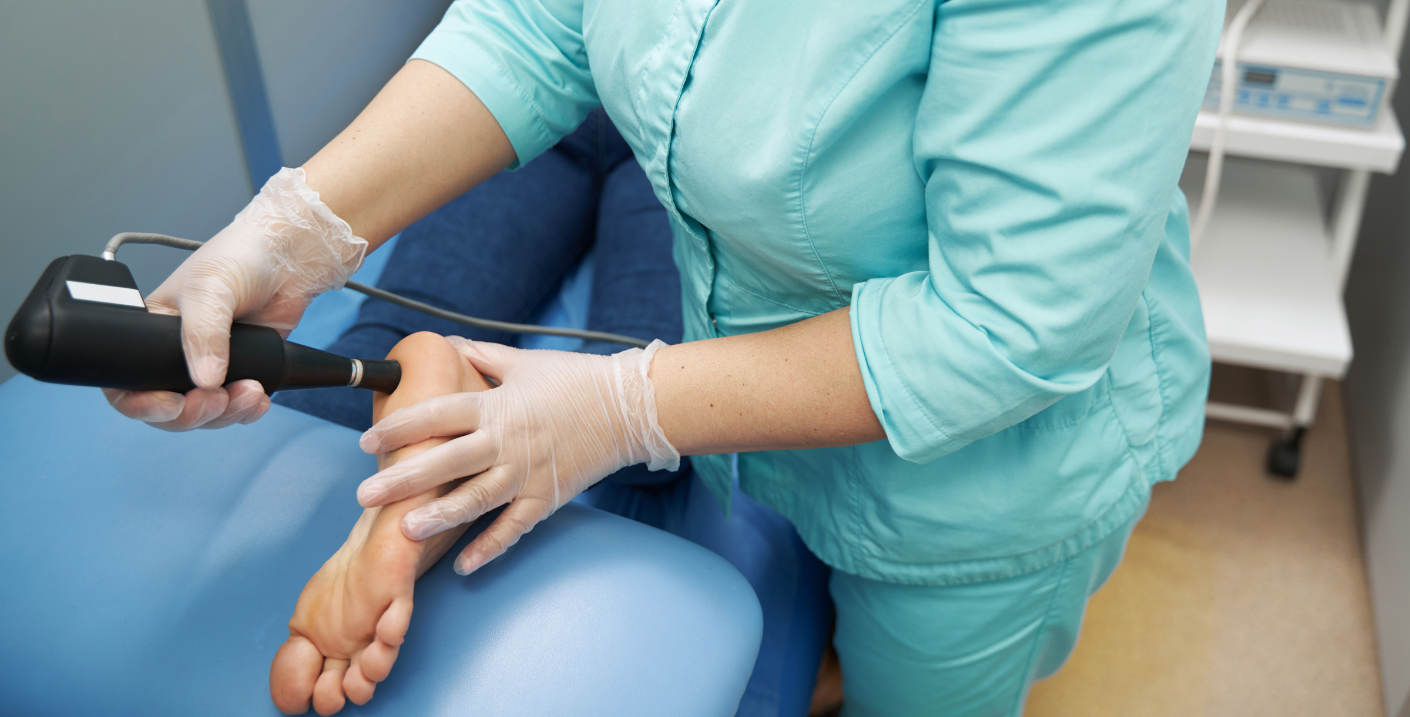
It’s important to not only use an evidence-based treatment plan to help you get the best outcomes for your foot and leg pain, but to help you see the best results in the shortest time. That’s the reason we’ve invested in shockwave.
Keeping your family on their feet and helping them to walk, run, play and exceed their goals is why we love getting up in the morning.
Ground Floor, One Health Building
122 Remuera Rd, Remuera
Auckland 1050, New Zealand
| MON - FRI | 7:30am – 6:30pm |
| SAT | 8:30am – 4:30pm |
| SUN | Some availability |
Make an Appointment
Online Schedule